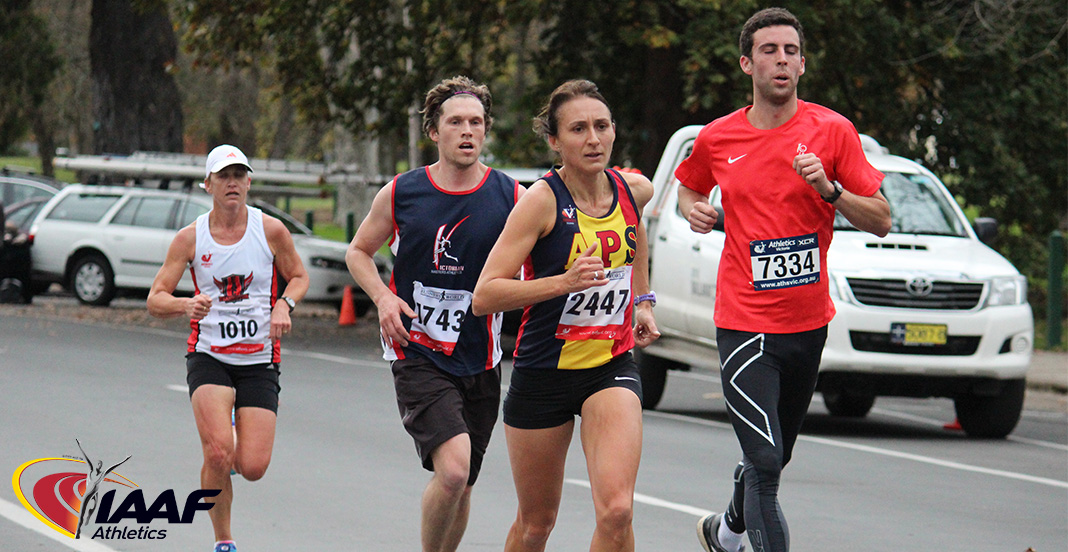The governing body for international athletics (IAAF) will be equalising distances among the senior men and women at the world cross-country championships in 2017. IAAF is calling for national-level associations to adopt the same.
It is time for national, state and club level cross-country competitions in Australia to enter the twenty first century. Persisting with unequal distances for men and women in cross-county running is archaic. This practice is nothing but the remnant of an era when pseudoscientific ideas around infertility and other gynaecological matters once saw women banned from track events longer than 200 metres. Thankfully, women now have access to all the same events on the Olympic track as the men.
Earlier this year, I wrote a letter to the CEO of Athletics Victoria on just this matter but received no reply. It seems that ambivalence prevails in our national and state governing athletic bodies.
A recent news story in Canadian Running Magazine by Sinead Mulhern sums up exactly the sentiment that reigns here in Victoria. A motion by Canadian Interuniversity Sport to commit to gender equality in cross-country racing distances from 2016 was voted down at a meeting of coaches. One of the arguments put forward by the coaches was that “tampering with the race distances will result in lower female turnout in the sport”. This seems incredulous when you consider the already low participation rates in women’s cross-country running in Canada, Australia and elsewhere overseas. The comment by Cross-Country/Track & Field Head Coach in Laval, Felix-Antoine Lapointe, is poignant: “…it’s a sad promotion of the sport to send a message that the women are not able to run the same distance as the men.”
In this day and age, such promotion might actually be driving the low participation rates. After all, dumbing down races for women in our national and state cross-country programs seems out of synch with a lot of other racing opportunities that exist for women in the broader running community. Fun runs, trail runs, triathlons, endurance running, etc., are all popular sanctioned events for women who get to run the same distance as the men.
Athletics Victoria might think it overcomes any gender discrimination by currently allowing women to enter men’s races in its cross-country program. However, any points earned by a woman competing in a men’s event are credited towards the men’s team of her registered athletic club, not her own women’s team. A strong disincentive therefore operates at the club level for women to ‘cross over’ into a men’s race, as this act will actually bring about lost points for her women’s team.
It is ironic, but we have a fine culture in Athletics Victoria of men supporting and nurturing our female champions. Brenda Carr, to cite one, attributes her Olympic success in part to the supportive training environment she enjoyed with the male runners in her athletics club during her lead up to the 1960 Rome Olympic Games when the 8oo metres was reintroduced for women. Yet, Brenda also fought a battle at the local club level here in Victoria to have the 800 meters included for women in regular interclub competitions. That was over 50 years ago.
Whatever the argument might be for keeping the status quo, you cannot deny that the current cross-country programs offered here in Australia by the national and state athletic governing bodies are discriminatory. Now that the IAAF has sanctioned equal distances for men and women at the world cross-country championships, a shift to equal status in Australia is inevitable. The question is ‘How long will it take?’
















